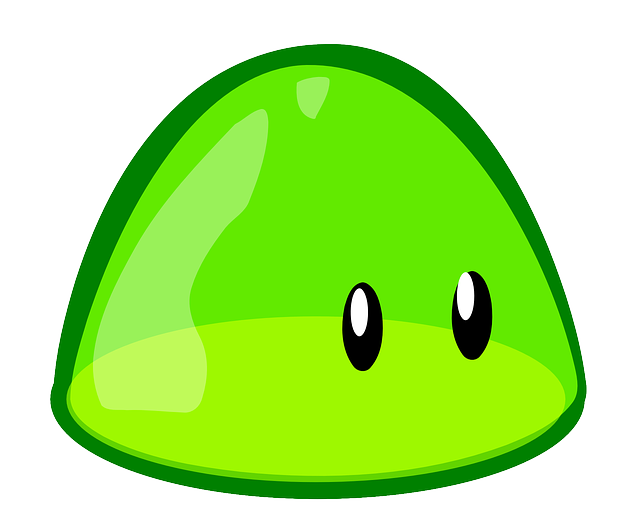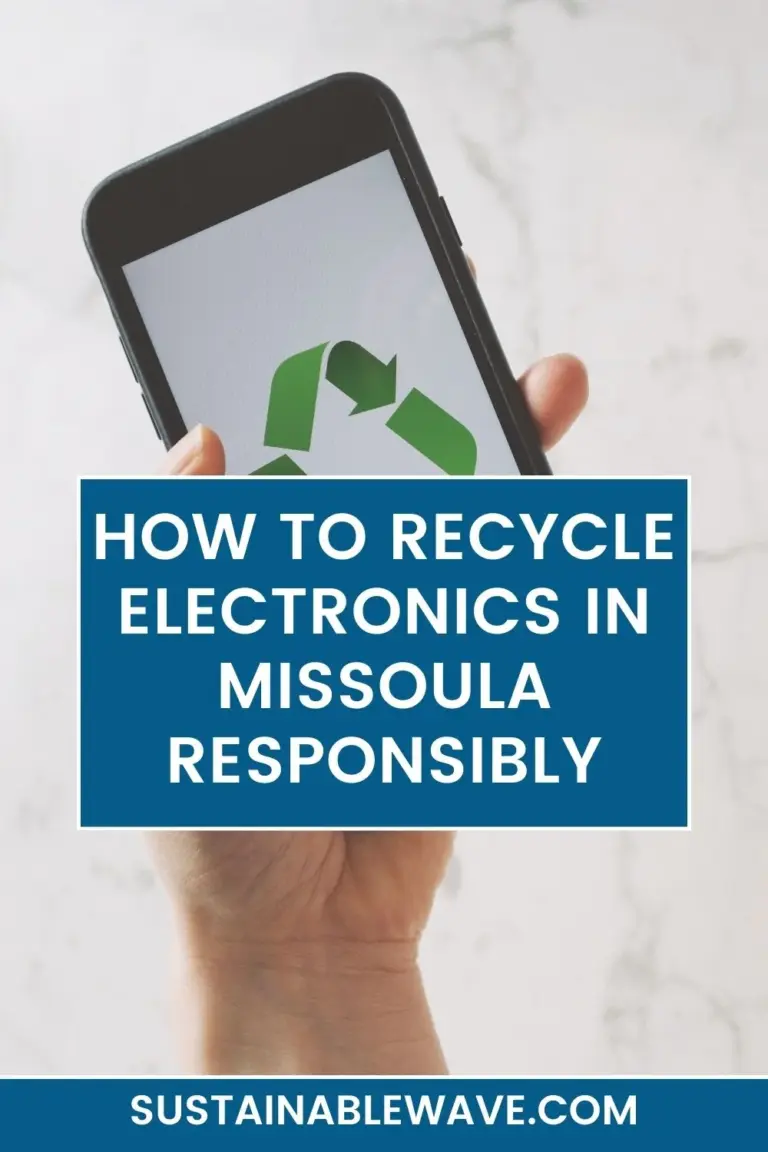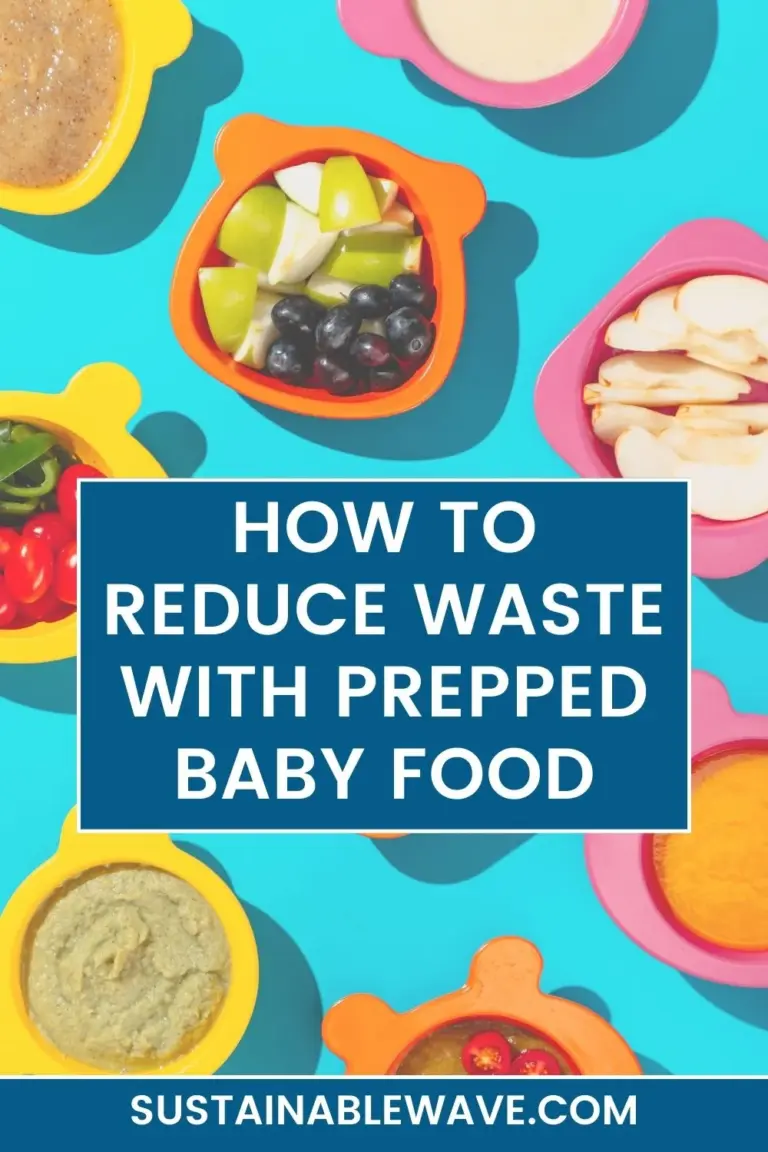We’ve all been there – a kid’s party, a rainy day indoors, or just a fun afternoon of arts and crafts; suddenly, you find yourself with a substantial amount of leftover slime. The question arises: how to dispose of slime responsibly?
To properly dispose of slime, place it in a sealable plastic bag and throw it in the trash. Alternatively, let it dry out completely, then dispose of it. Never pour slime down drains or toilets as it can cause blockages.
Let’s navigate through the sticky situation together!
Understanding Slime

What is Slime?
Slime is a non-Newtonian fluid, typically made at home or bought in stores, popular with children for its unique texture and playability. It’s a fun, tactile substance that provides hours of entertainment. But what happens when it’s no longer in use?
How is Slime Made?
Slime is a blend of simple household ingredients like glue, water, and borax or a substitute like baking soda and contact solution. Its stretchy and gooey consistency is a result of the chemical reaction between these components. But this chemical composition can pose issues when it comes to disposing of it properly.
Problems with Slime
Dealing with leftover slime may appear to be a simple task; however, its disposal can often present several challenges that require careful attention.
Common Issues with Disposal
The major problem with slime is that it can’t be just thrown away like everyday household waste. Its unique consistency and the materials it’s made of can lead to complications.
Firstly, when slime is dumped into the trash, it doesn’t break down quickly. Due to its plastic-like properties, it’s not biodegradable, meaning it can sit in a landfill for an incredibly long time.
Secondly, if not handled properly, slime can end up blocking your home’s plumbing system. Disposing of slime down the drain or toilet can lead to serious clogs, given its gooey and sticky nature, which adheres to pipe walls. The result can be costly and time-consuming plumbing repairs.
Thirdly, it’s important to consider the mess factor. Slime, by nature, is a sticky, stretchy substance. Improper disposal can result in a mess that’s not only hard to clean up but can also damage surfaces, furniture, or carpeting.
Impact on Environment
Moreover, improper slime disposal can have a detrimental effect on the environment.
Slime is often made from synthetic materials such as polymers and other chemicals. When discarded irresponsibly, these materials can contaminate soil and water, disrupting ecosystems and potentially harming wildlife.
Slime can also contribute to the increasing problem of non-recyclable waste. With our landfills reaching capacity and our oceans littered with plastic and other waste, adding to this problem is certainly not the way forward.
In summary, the disposal of slime is a more complex issue than one might think. It demands a proper understanding of its composition and the potential risks involved in order to tackle it responsibly.
How To Dispose of Slime
Once we’ve recognized the problems associated with slime disposal, the next step is to address them adequately.
Fortunately, there are several methods for safe and responsible slime disposal.
Using Household Tools
A straightforward method of disposal involves using everyday items found around the home. Begin by placing the slime in a sealable plastic bag. It’s important to squeeze out as much air as possible to avoid any potential mess or leakage.
Once sealed, the bag can be placed in your regular household trash. Remember, this method ensures that the slime doesn’t end up in the environment or your plumbing system, thus averting potential problems.
Drying it Out
Another efficient way of dealing with slime is to let it dry out. Spread the slime out thinly on a non-stick surface and leave it to dry out naturally over a few days. This method works best in a warm, dry environment. Once dried, the slime will lose its stickiness, making it much easier to handle. The dried slime can then be thrown away in the trash without the worry of it causing any harm.
The Trash Can Method
While this method may seem the most obvious, it’s often overlooked. Directly throwing slime into the trash bin is a simple yet effective way of ensuring it doesn’t end up in your pipes or the environment. This is the preferred method for smaller quantities of slime.
However, it’s important to ensure that your trash bag is securely sealed before disposal to prevent the slime from sticking to the inside of the trash can or leaking out onto the street. You could also consider double-bagging it for an extra layer of protection.
These methods, while straightforward and convenient, are crucial steps in ensuring that our fun with slime doesn’t lead to costly repairs or environmental damage.
Is Slime Biodegradable?
Despite its fun and playful appearance, slime is not biodegradable.
Most slime is made from synthetic materials like glue, borax, and food coloring. These ingredients don’t break down naturally in the environment.
This is why it’s essential to dispose of slime responsibly to prevent it from sitting in a landfill for an extended period, which could contribute to the growing issue of non-biodegradable waste.
Is Slime Recyclable?
Unfortunately, slime is not recyclable either.
Due to its unique, sticky consistency and chemical makeup, it can’t be processed with regular recyclables like paper, plastic, or glass. The specific synthetic materials used in its creation make it unsuitable for conventional recycling methods.
Therefore, it’s crucial to follow proper disposal methods to prevent further environmental harm.
How To Dispose of Homemade Slime?
Disposing of homemade slime requires similar precautions to store-bought slime to prevent potential environmental harm or damage to plumbing.
Here are some steps to follow:
- Let it dry: Spread the slime thinly on a non-stick surface and allow it to dry out naturally. Once it’s completely dry, it can be safely thrown away in your regular trash.
- Use a sealable bag: Place the slime into a plastic bag, squeeze out as much air as possible, and seal it. Dispose of the bag in your regular garbage bin.
- Dissolve it: Mix equal parts of vinegar and water in a bowl, then add the slime. As it begins to dissolve, it becomes easier to handle and dispose of.
- Avoid drains and toilets: Never discard slime, homemade or not, down a drain or toilet. This can lead to serious blockages and costly plumbing repairs.
By following these steps, you can enjoy your homemade slime without worrying about its disposal.
The Best Biodegradable Slime Recipe
When it comes to enjoying slime without harming the environment, creating biodegradable slime at home is an excellent solution.
Here’s a simple and eco-friendly slime recipe you can try. You will need:
- 1/2 cup of cornstarch
- 1/3 cup of water
- Natural food coloring (optional)
Start by placing the cornstarch in a bowl. Gradually add water while stirring until you achieve a gooey consistency. If you want a dash of color, add a few drops of natural food coloring.
Stir well until the color is evenly distributed. Voila! You have your homemade, biodegradable slime that’s safe and fun for everyone.
This slime recipe not only provides the same enjoyment as regular slime, but it also breaks down naturally in the environment. So, it’s a win-win situation for both slime enthusiasts and our planet. Always remember to dispose of even biodegradable slime properly to avoid potential issues.
Tips and Tricks for Slime Disposal
While understanding the basics of slime disposal is essential, a few clever tips and tricks can make the process even easier and more efficient.
These handy tips will ensure you tackle the sticky situation without causing damage to your home or the environment.
Mix with Vinegar
One popular tip involves using a readily available kitchen ingredient: vinegar. Slime is an alkaline substance, and vinegar, being acidic, can break down its structure effectively. Simply mix equal parts of vinegar and water in a bowl, then add the slime. After a short time, the slime will start to dissolve, making it much easier to handle and dispose of.
Use Baking Soda and Water
Another useful tip involves using baking soda and water, another set of common household items. Start by mixing two parts baking soda with one part water to create a paste. Then, apply the paste to the slime and let it sit for a few hours. The baking soda will react with the slime and break it down, making it less sticky and easier to remove and dispose of.
The Freezer Method
If you have some time on your hands, another tip is to freeze the slime. Place the slime in a plastic bag, seal it, and then put it in the freezer. The low temperature will cause the slime to harden and lose its stickiness. Once it’s frozen, you can easily handle it and throw it away without the worry of it sticking to surfaces or damaging your pipes.
Disposing of Slime on Clothes
If you have kids at home, you’re probably familiar with the dilemma of finding slime stuck to clothes. A useful trick to remove it involves using ice cubes. Simply rub the ice cube over the affected area until the slime hardens, then scrape it off gently. Alternatively, you can use a mixture of vinegar and water, just like with the dissolving method described earlier.
Dealing with Slime in Hair
The hair scenario can be a tricky one to deal with, but not to worry. If you or a family member finds themselves in this sticky situation, a combination of conditioner and apple cider vinegar can save the day. Apply the conditioner to the affected area to loosen the slime, then use the vinegar to break it down. Comb through the hair carefully until all the slime is removed.
Final Words on How To Dispose of Slime

Dealing with leftover slime doesn’t have to be a sticky situation.
Whether it’s DIY solutions, using commercial products, or seeking professional help, there are many safe and responsible ways to dispose of slime.
So, the next time you or your little one indulges in some slimy fun, remember these tips and tricks to ensure that the cleanup is just as hassle-free as the play!
I’m Thomas, the owner of SustainableWave. Passionately promoting a sustainable planet. With experience in various eco-roles, I’ll share green tips, sustainability hacks, and personal eco-journeys on my blog.






